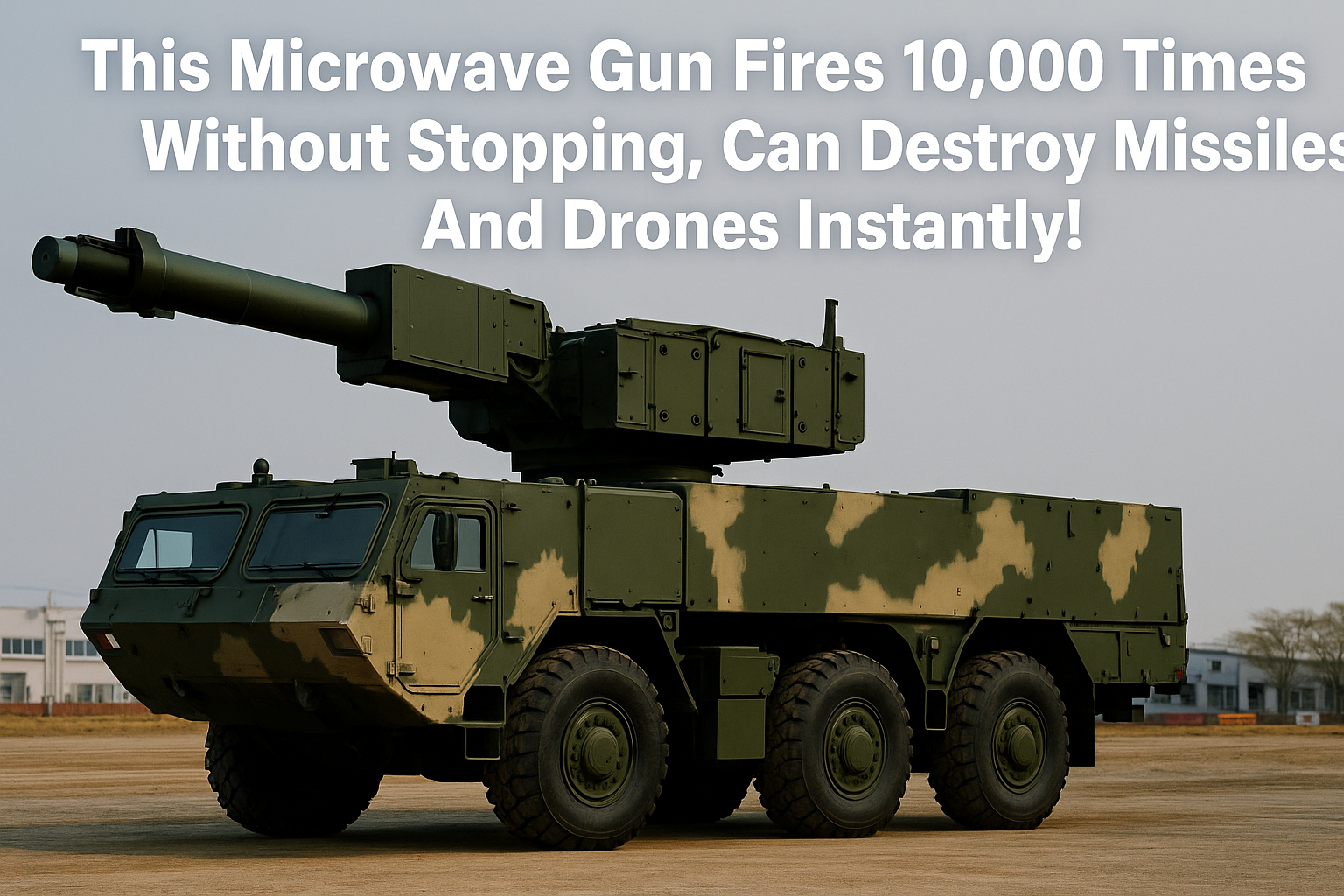A recent report on China’s deployment of high-power microwave (HPM) weapons—capable of firing thousands of times to disable drones, satellites, and electronics—reminds us how much of the world’s security still hinges on the vulnerability of electrons.
But what happens when the systems being targeted no longer use them?
At True Photonic, we’re not designing systems to withstand yesterday’s weapons. We’re building computing infrastructure that renders them obsolete. Our platform, powered by the Poovey Switch™ and a proprietary stack of optical logic gates, processes logic, storage, and communication entirely in light.
There are no conductive paths to overload, no voltage to spike, no microprocessors to burn out. This is the fundamental principle behind our photonic computing infrastructure: it eliminates vulnerabilities tied to electron-based systems. By utilizing light, we bypass the limitations and risks inherent in traditional silicon-based architecture.
The Problem with Electron-Based Systems
EMP and HPM Threats Are a Silicon Problem
Microwave and EMP weapons work by inducing voltage surges that overload the electrical components at the heart of traditional computing and communications systems. In legacy silicon-based computing infrastructure, this threat is very real—and deeply destabilizing.
However, photonic systems don’t move electricity. They move photons. And light doesn’t surge. This fundamental difference in how information and power are handled means that the entire concept of electromagnetic interference is irrelevant. In photonic computing infrastructure, electromagnetic pulses do not disrupt functionality, as the system itself is inherently resistant to such attacks.
The result is not theoretical protection—it is structural immunity to entire classes of emerging threats, especially those based on electromagnetic disruption. This shift in infrastructure design has profound implications not only for defense but also for civilian applications, where resilient and reliable computing is increasingly critical.
Building the Future: Why Photonic Computing Infrastructure Matters
Others Are Building Weapons for Today. We’re Building the Advantage of Tomorrow.
While other nations and contractors invest in countermeasures and shielding, True Photonic is building something fundamentally different: Computing Infrastructure that no longer needs protection—because the threat can’t reach it.
In photonic computing infrastructure, the vulnerabilities targeted by EMPs or microwave attacks simply don’t exist. When logic happens in light, the entire attack surface changes. This is not about avoiding damage. It’s about removing the physics that make damage possible.
This paradigm shift is not just relevant to defense sectors. Civilian industries, from telecommunications to urban infrastructure, will benefit from the adoption of photonic computing infrastructure, as it mitigates risks related to electromagnetic disturbances. As critical systems become more interconnected, the stability of the computing backbone becomes essential for both safety and functionality.
The Future of Sovereignty—and Military Supremacy—Won’t Be Built on Harder Targets. It Will Be Built on Unhittable Architecture.
In the 20th century, nations projected power through fuel, steel, and shielding. In the 21st, power will come from compute—and from the resilience of the computing infrastructure that runs it.
True Photonic isn’t a weapons manufacturer. We are building the world’s first post-electrical compute architecture, one that:
- Runs at femtosecond speeds
- Uses 90% less energy
- Requires no cooling
- Is unaffected by electromagnetic interference
- Enables sovereign, high-speed processing in contested or denied environments
Whether applied to urban AI, mission-critical simulations, or national defense systems, photonic computing infrastructure enables continuity without compromise. Its inherent resistance to electromagnetic threats ensures that critical operations remain intact even under adverse conditions.
Strategic Advantages Beyond Defense
We’re Not Building Shields. We’re Building What Comes After the Threat.
Infrastructure doesn’t need to be hardened if it can’t be hit. AI doesn’t need to pause for power if it’s processed without heat. And sovereign systems don’t need to route around foreign grids when they’re built entirely in light.
Photonic computing infrastructure also offers economic advantages. By minimizing energy consumption and eliminating the need for cooling systems, it reduces operational costs while enhancing performance. This dual benefit positions it as a key technology for sustainable, high-efficiency computing environments.
The Smartest Infrastructure May Also Be the Safest
As governments race to defend against the weapons of the future, True Photonic is asking a different question:
“What if the systems built on our photonic computing infrastructure don’t need to defend against attack—because they run on a platform those weapons can’t reach?“
That’s not a tactical edge. That’s a civilizational advantage. And it’s already under construction—here in America.
The integration of photonic computing infrastructure into defense, urban planning, and critical systems is not a distant vision—it’s an ongoing reality. As we continue to push the boundaries of what’s possible with light-based architecture, we are laying the groundwork for a future where computational resilience is a given, not a goal.
Follow us on social to stay up to date on the Poovey Switch™.

